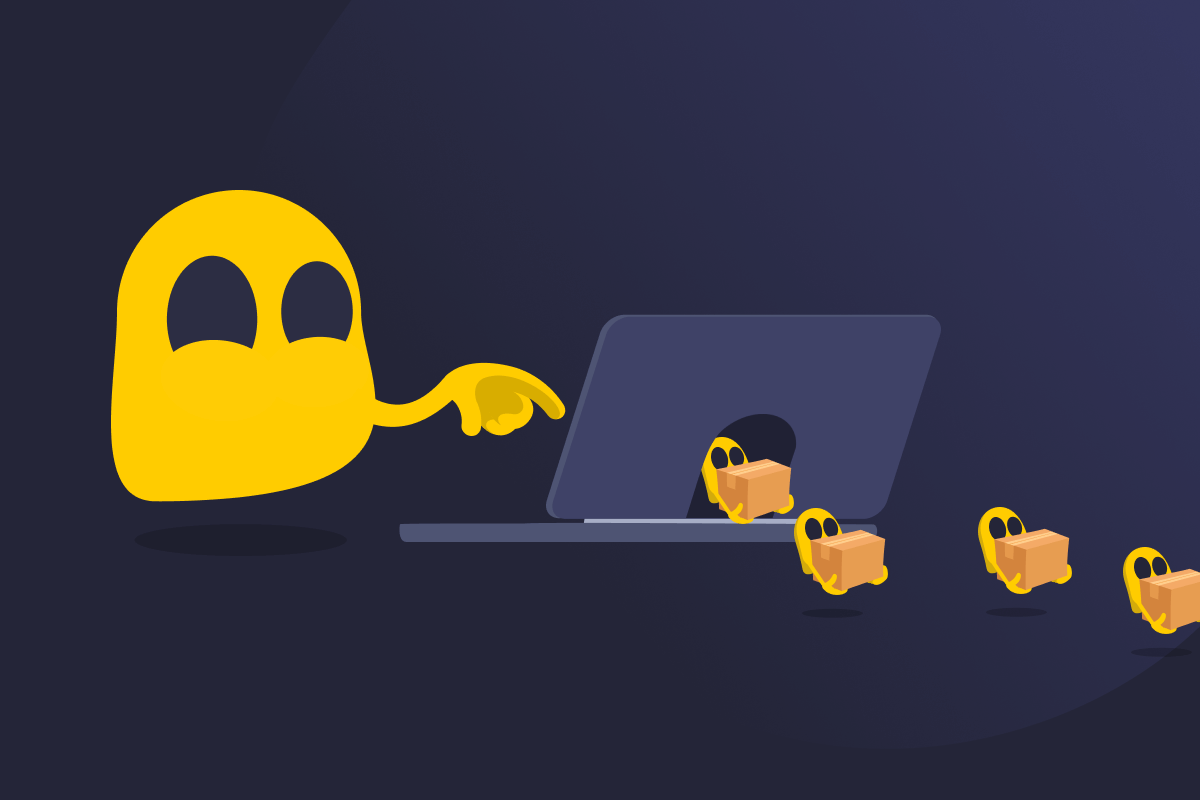Data Packet

Data Packet Definition
A data packet is the basic unit of data traveling across a computer network. When you send a message, stream a video, or visit a site, your device breaks that data into smaller packets and sends them one by one. When they reach their destination, the packets are reassembled to restore the original data.
How Do Data Packets Work?
When data is sent over a network, it’s divided into smaller segments called packets. Each packet contains identifying information, like a source and destination address or a sequence number (in some cases), to make sure it’s delivered to the correct place. These packets are sent independently across a network and are reassembled at the destination.
Network protocols, like TCP and UDP, determine how data packets are handled. TCP (Transmission Control Protocol) ensures all packets arrive reliably and in the correct order. It also requests retransmission of any packets that may be missing. UDP (User Datagram Protocol) skips checking for errors to prioritize speed over reliability. This makes it useful for streaming or video calls.
Common Components of a Data Packet
- Header: Contains the instructions needed for packets to reach their destination. This may include the source and destination addresses or the sequence order of the packets.
- Payload: Carries the actual content being transmitted, such as part of an image, a segment of a webpage, or a portion of a text message
- Trailer: Verifies a packet hasn’t been altered or corrupted during transmissions in some network protocols, like Ethernet. It’s not present in all packet types.
Pros of Data Packets
- Efficient transfer of large data: Segmentation breaks big files into smaller packets, keeping data transfer efficient.
- Built-in error handling: Headers can carry checksums for error detection, helping identify lost or corrupted packets.
- Adaptive routing and congestion control: Packet-switched networks route across multiple paths, helping stabilize throughput.
Cons of Data Packets
- Packet loss and corruption: Dropped or damaged packets can cause transmission errors.
- Latency and jitter: Retransmission and reassembly of packets can introduce delay and timing variation.
- Protocol overhead: Headers and metadata consume bandwidth, especially with small payloads or added layers.
Read More
FAQ
A data packet is the basic unit of data sent across a packet-switched network. Each packet carries a payload (the actual data) and control information in the header (source and destination addresses). Any data sent across a network is broken into smaller data packets and reassembled as they arrive at the destination.
No, data packets don’t have to travel the same route. If a specific route is too busy, some data packets may take an alternative route. That’s why some packets might arrive earlier than others or get lost and need to be resent.
Data packets show up in every common internet task. For example, when you browse a website, your browser exchanges packets that carry text, images, and scripts. When you send an email, the message and any attachments are split into packets for delivery. Streaming video and video calls move a steady stream of data transfers with audio and video in real time. Online games send frequent packets with player inputs and position updates so the game state stays in sync.
At the network layer, internet packets are either IPv4 or IPv6. Most of them carry transport-layer data, like TCP segments (reliable, ordered) or UDP datagrams (lightweight, faster).
Some packets are control messages like ICMP, which handles errors and tools like ping. On local networks, these IP packets are wrapped inside Ethernet frames at the link layer, which handles transmission but doesn’t create IP packets itself.

 45-Day Money-Back Guarantee
45-Day Money-Back Guarantee